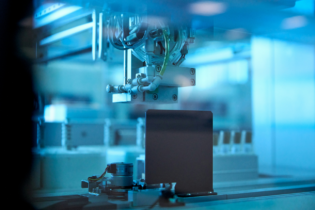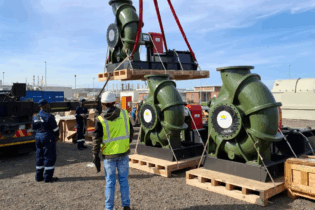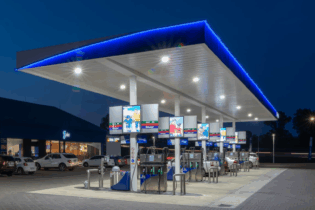Cargo 2 Congo co-owner Ken Hall and Tristan Wiggill talk road transport into the heart of Africa.
Can you elaborate on the type and scale of projects you’re involved in?KH We’ve been servicing the mines in the Democratic Republic of the Congo since 2006, as a preferred transporter. We have a fleet of 150 trucks running from South Africa dedicated to this project, and another 40 trucks that are based in Zambia, servicing the mines from there. What security requirements are needed?
We have had to place our own security at the different border posts, to assist the drivers while waiting to cross. All southbound trucks carrying copper or other high-risk goods have security travelling with them, and also travel in convoy. How do you deal with road conditions?
The road conditions have improved over the years; however, you have to create your own infrastructure – which we have done over the years. Our policy has been to buy new trucks rather than used trucks; our thinking behind this is that we would limit the chances of breakdowns. Breaking down across the border becomes a very expensive exercise. How important is local knowledge and experience?
It’s extremely important; we have travelled this route for many years. Our operational staff do route and road surveys twice a year and we have built our infrastructure around employing local people that have been in the industry for years. What is the makeup of your fleet?
We have a mixed fleet, comprising Freightliner, International, Volvo, and Scania vehicles. Our trailers are comprised of 65% super-links while 35% are 15 m tri-axles. We also have a few step decks. Our Consol fleet, which runs to Zambia on a daily basis, has a number of tautliners, as well as 10-tonners for express loads.
Why use Scania trucks?
Scania has given us great service over the years. The products are on par with, or even better than, the best on the market and our drivers love them. All trucks are bought with maintenance agreements.
This is also extremely important – our trucks are monitored 24/7. We don’t allow driving between 18:30 and 05:00. Tracking enables us to see exactly where the trucks are and the drivers know that we are keeping an eye on them. We try to get all trucks into safe havens at night. Why use ‘runners’ at border posts?
There are long queues at the borders; the runners double up as security and collect the paperwork from the drivers to take it the clearing agents. This enables our drivers to remain with their trucks. How critical is pre-planning?
Again, this is of great importance. One of the biggest problems is delays; so, all loads have their papers sent ahead to the borders as pre-alerts. Our border management team monitors the goings-on at the borders and keeps us updated if there are any problems that might require a route change. What’s happening at the facilities in Kitwe and Chingola?
The warehousing is used as a distribution hub; the Consol cargo that goes into Zambia is offloaded in Chingola and then delivered in smaller trucks. This enables the big trucks to achieve better turnaround times. It also gives us the opportunity to check the cargo to ensure that it has travelled well. Our workshop is mainly for running repairs, tyre checks, and the servicing of the Zambian fleet. The depot is only 40 minutes from the DRC border.








